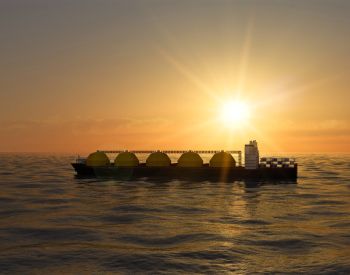Client
The China Nuclear Power Operation Technology Corporation, Ltd. (CNPO)
Asset type
Nuclear power plant
Result
CNPO and Vysus Group collaborated on the development of a design generic M310 (3-loop pressurised water reactor) RASTEP model.
Client challenge
Our client, The China Nuclear Power Operation Technology Corporation, Ltd. (CNPO) is a subsidiary of China National Nuclear Corporation (CNNC), tasked Vysus Group with ensuring safe, reliable, and economic operation of nuclear power plants throughout their lifecycle.
The activities of CNPO cover several different areas, such as engineering services, simulation, and operation management support.
How we helped
CNPO wanted to evaluate the possibility of cooperating with Vysus Group in developing nuclear emergency preparedness and response capabilities by exploring the RASTEP (Rapid Source Term Prediction) tool.
To achieve this, the organisation had to be trained in the RASTEP methodology and a relevant plant model had to be developed in close collaboration with CNPO.
Powerful results
Our team successfully provided training on all aspects of the RASTEP methodology, including theoretical background, data input, plant modelling and usage. Subsequently, we collaborated with CNPO on the development of a design generic M310 (3-loop pressurised water reactor) RASTEP model.
The RASTEP software tool was modified for use and installed at CNPO premises, finally enabling the developed M310 model to be tested on-site towards a comprehensive test and verification plan.
The project was coordinated and supported by our team in China and expertise on the RASTEP methodology was provided by our team in Sweden.
Going forward both parties have agreed to further explore and promote the RASTEP methodology in China.
What is RASTEP?
RASTEP (RApid Source TErm Prediction) is a methodology to aid decision-making in situations with scarce or contradictory information, developed for accidents at nuclear power plants. It helps users understand probabilities of various events and outcomes given a set of observed conditions. This output is essential for a risk-informed emergency response. The underlying mathematical model enables continuous renewal of the diagnosis of plant status and the associated consequence prediction.


